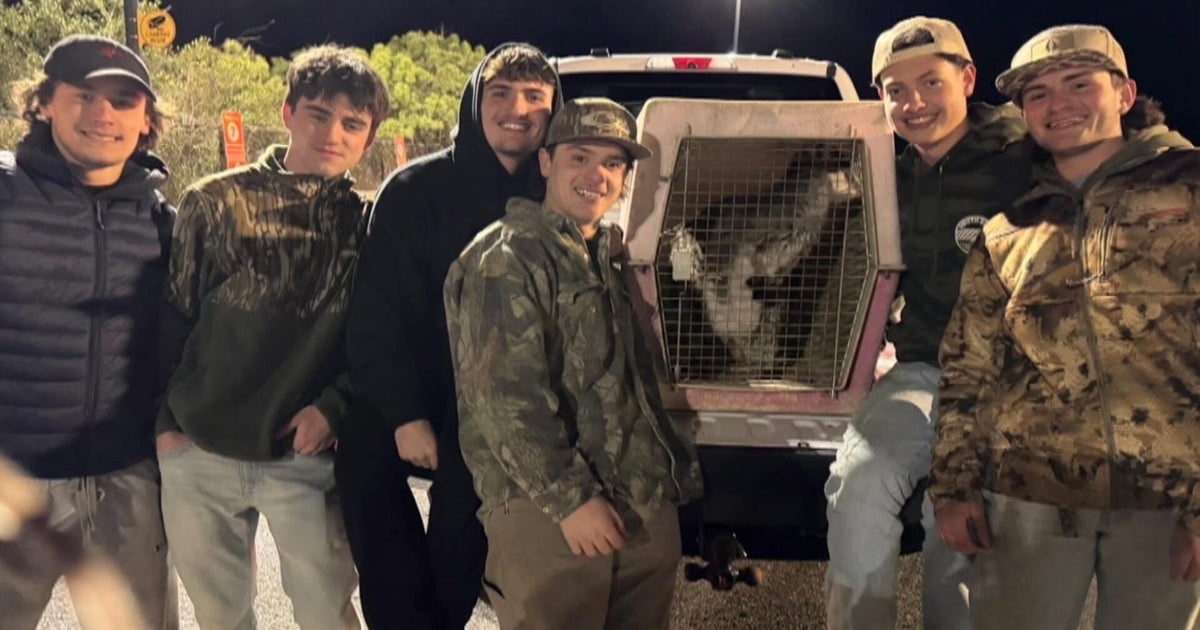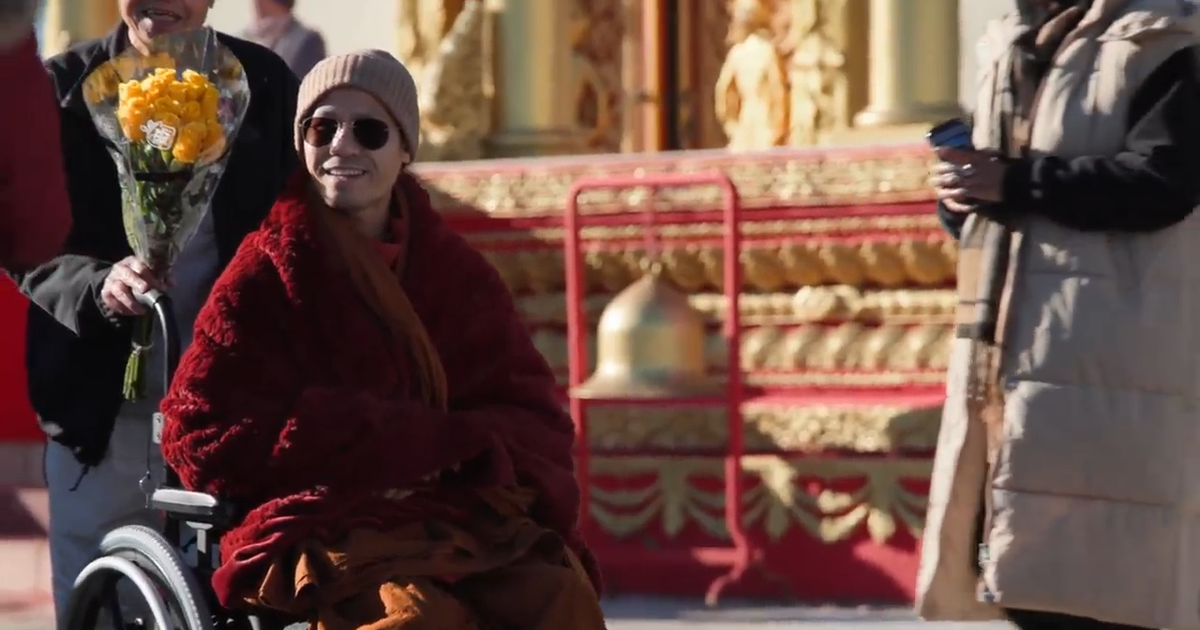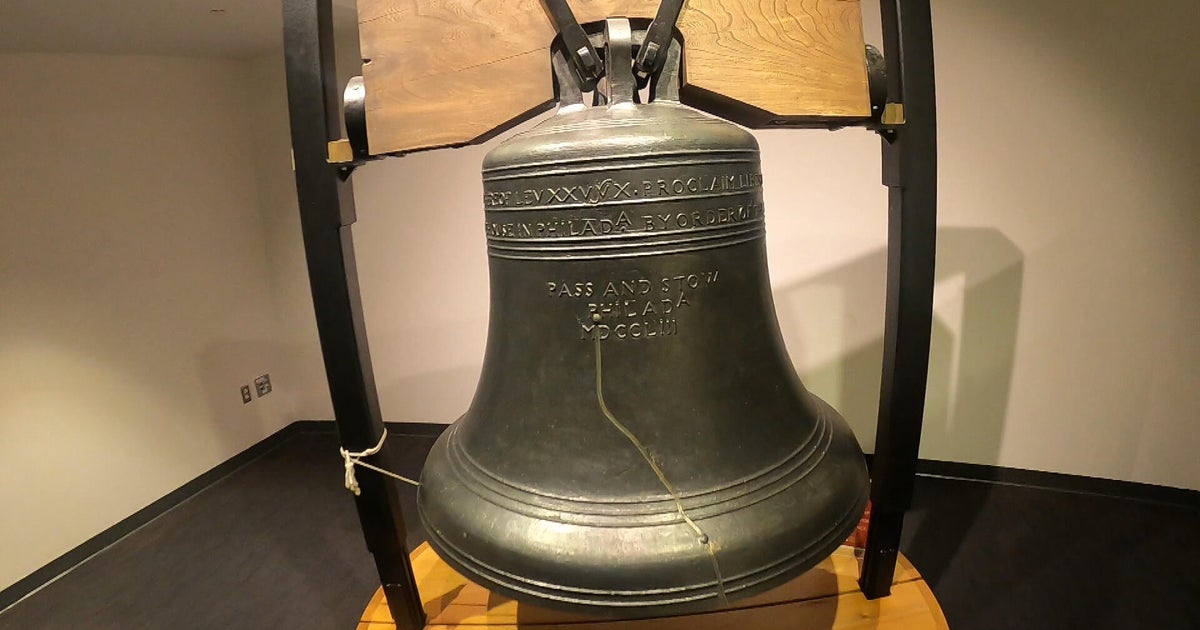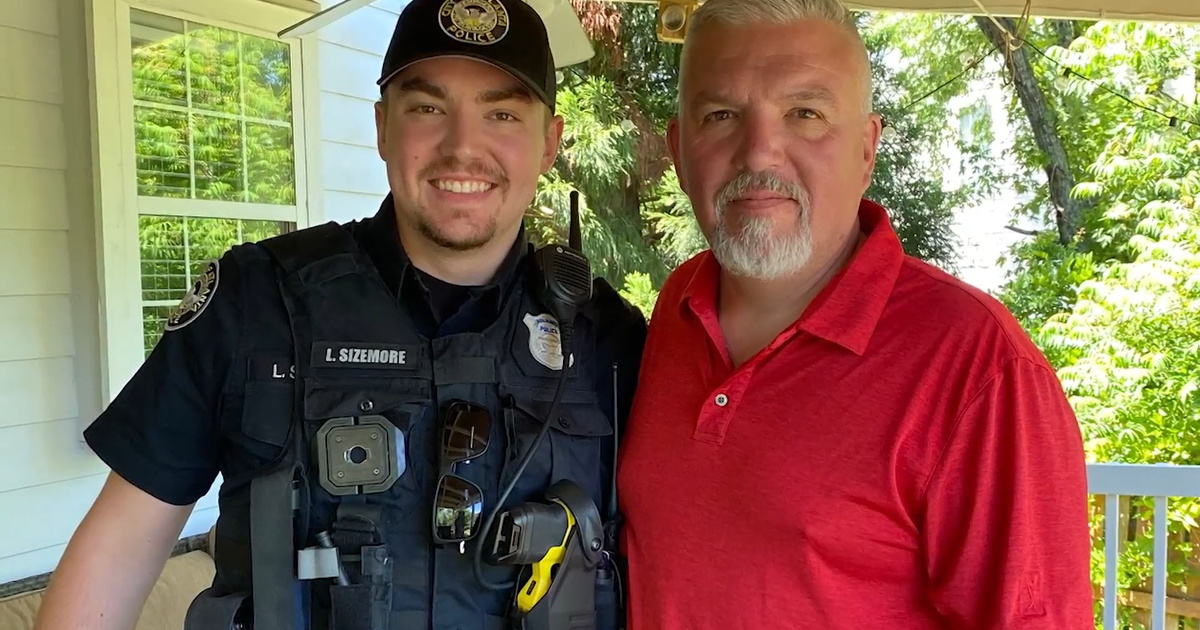Field Museum To Move Sue, The T. Rex For New Display
CHICAGO (WBBM Newsradio) -- Millions of children and adults have visited SUE the T-Rex since she made the Field Museum her home 18 years ago.
Now, she's moving upstairs to make room for a newer, larger, dinosaur.
"When SUE comes down at the end of the month, we will be making plans to bring in a cast of the largest dinosaur ever found," Hilary Hansen, the Field's Exhibitions Department project manager. "It's called Patagotitan mayorum. It is from Argentina and we are so pleased to be getting a cast here. It's 120 feet from snout to tail."
As for SUE, Hansen says: "We are de-installing the most iconic T-Rex fossil in the world. We're moving SUE, bone by bone, into a brand new exhibition on the second floor completely devoted to SUE."
The Field Museum is celebrating its 125th anniversary this year. As part of that, there's going to be a transformation to Stanley Field Hall.
"We'll start with the foot bones and the base. Then we'll move to the tail," Hansen says.
SUE was named after the paleontologist who discovered her and is the largest, most complete and best-preserved Tyrannosaurus rex fossil ever found. On display since 2000, SUE was reconstructed with nearly 90 percent of her bones intact.
"This new exhibition will educate people about the world in which SUE lived, looking at all the plants and animals that lived with SUE, some of the fossils that were found with her back in the 1990's when she was found in South Dakota," Hansen says. "The skull on the mount is a replication."
SUE's real skull, weighing 600 pounds, is on display upstairs. The head is separated from its body not because of weight concerns, as the sign for it says, but because "it is the most studied part of the skeleton," Hansen explains.
However, SUE has been incomplete. Her "gastralia," essentially a second set of ribs, were not added to her skeleton when she was mounted because scientists didn't know how to position them.
"We are going to change Sue's mount to make it more scientifically accurate. We knew a lot in 2000 when Sue was mounted, but we know more now. One thing that we were going to do is adjust the pose a bit. If you look at the mount now, the knee is kinda embedded into the ribs, we're going to straighten out that leg a bit. We are also going to add the gastralia bones onto Sue. There are a series of belly ribs that were crucial for breathing. When those gastralia bones were found decades ago, we weren't quite sure on how to mount them but now we know."
Research Casting International is the museum technical services firm hired to take SUE down and then put her back up again.
"Starting now, we are working on the two feet. Before the end of the day, those feet will be de-installed. Before the end of the week though, Sue will be without a tail," Hansen said.
The new titanosaur weighs about 70 tons, and will be so tall that its head will peek over the second-floor balcony in Stanley Field Hall. It will be a cast of the fossil unearthed in Argentina in 2014.
"We knew it is the biggest and the best. If you're going to replace Sue, it better be, 'Wow.' This 120-foot-long titanosaur is definitely on scale with Stanley Field Hall and will give our visitors a real understanding just how big dinosaurs really grew," Hansen says.
The T. rex will undergo a few updates to account for new discoveries since Sue arrived, and then be moved upstairs to a more intimate suite opening in 2019.
The breakdown is estimated to take one month.
You can stay involved on social media by following the hashtag "#SueOnTheMove."







